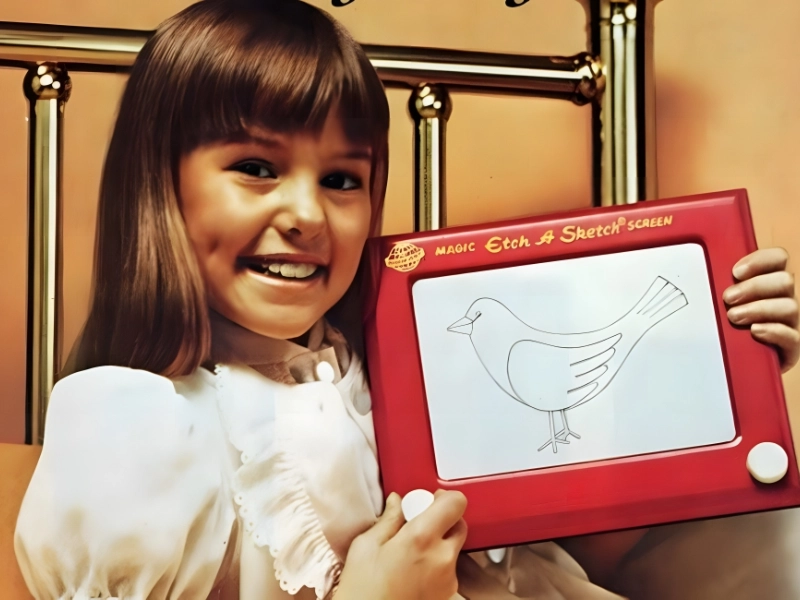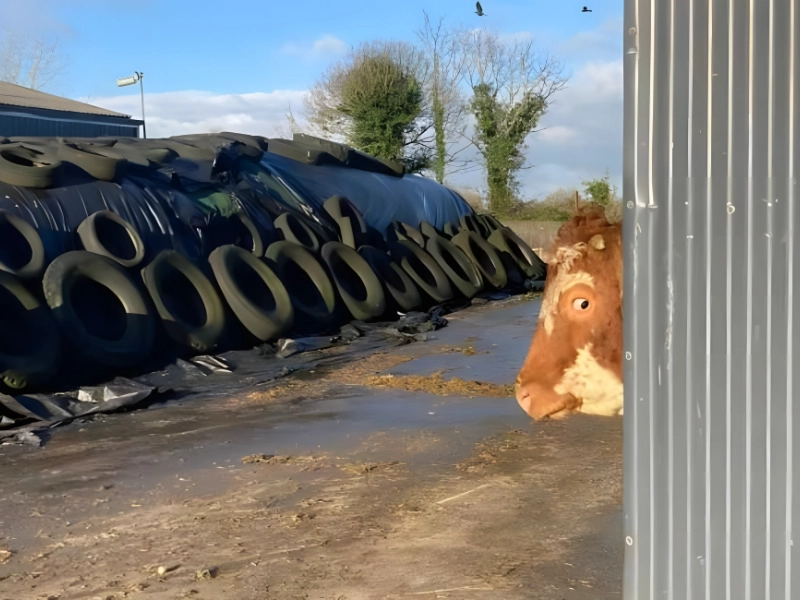The Hidden Danger Every Dog Parent Needs to Know
Advertisement
Several Dogs in the Home
Introducing a New Dog to Your Home
Careful Introduction:
Territorial Behavior: Established dogs may react territorially if they perceive a new dog as a threat to their resources or status.
Best Practices for Introduction:
Neutral Territory: Introduce the new dog in a park or another neutral area to reduce territorial instincts.
Short Initial Meetings: Keep the first interactions brief to minimize stress for both dogs.
Ongoing Management:
Supervision: Never leave the pets unattended together, especially during the initial adjustment period.
Personal Space: Ensure that each dog has its own toys, bed, and food dish to prevent resource guarding and promote a sense of security.
Conclusion
By following these guidelines, you can facilitate a smoother introduction and help both dogs adjust to their new living situation, fostering a harmonious environment!

Advertisement
Integrating a New Dog into a Multi-Dog Household
Prioritizing the Existing Dog:
Attention and Feeding: Ensure that the existing dog receives ample attention and is fed separately to prevent jealousy and resource guarding.
Managing Access:
Restricted Access: Limit the new dog's access to the house until a clear hierarchy is established between the dogs.
Monitoring Behavior:
Watch for Aggression: Keep an eye out for aggressive cues, such as rigid body language, raised hackles, or growling, which may indicate discomfort or tension.
Seeking Professional Help:
Trainer Consultation: If any problems arise, seek advice from a professional trainer promptly to address issues before they escalate.
Conclusion
While adding a new dog can enrich a multi-dog household, careful integration and monitoring are essential to prevent conflicts and ensure a harmonious living environment for all pets!
Advertisement
You May Like










